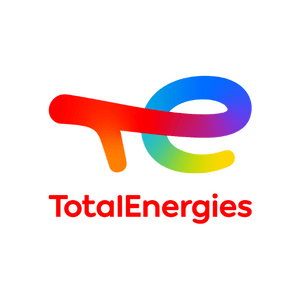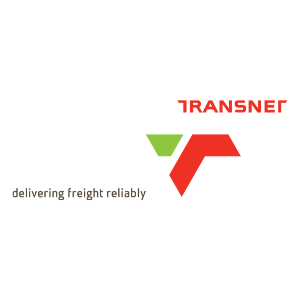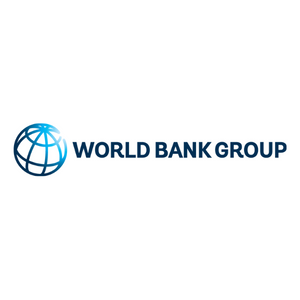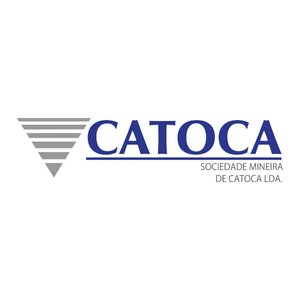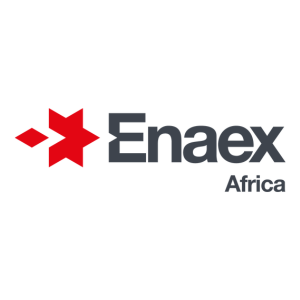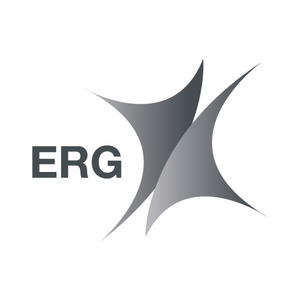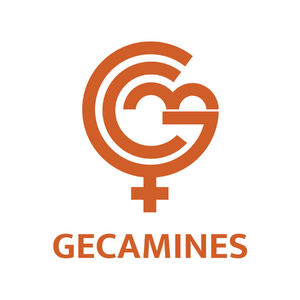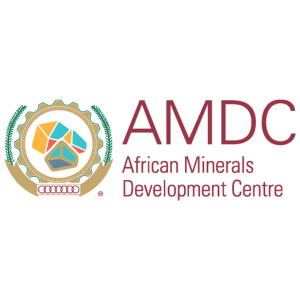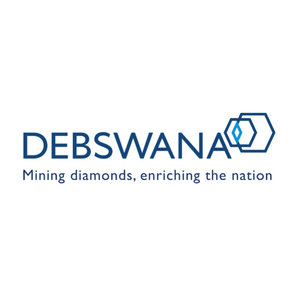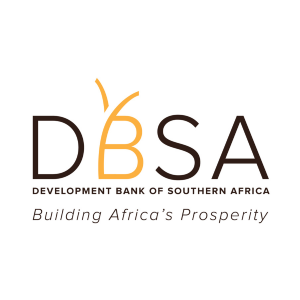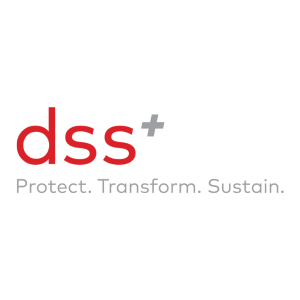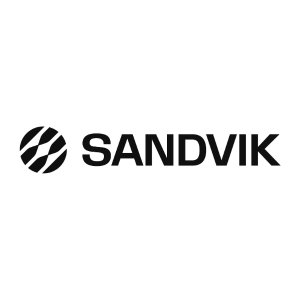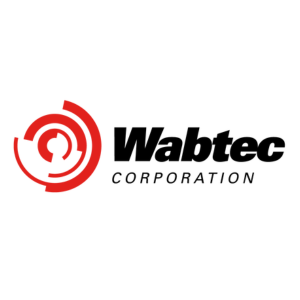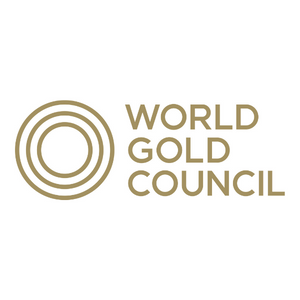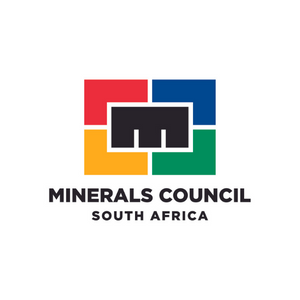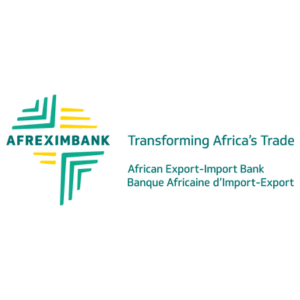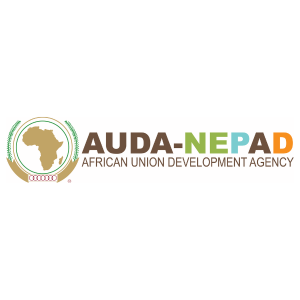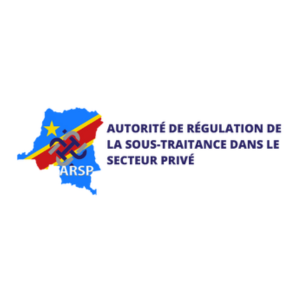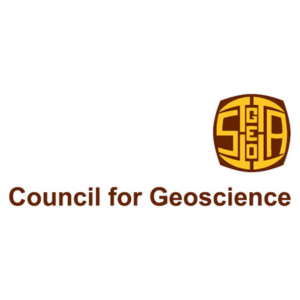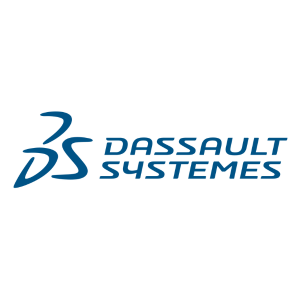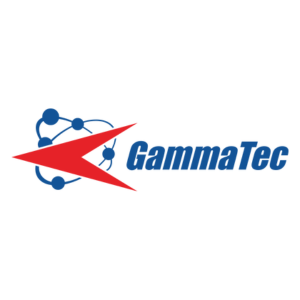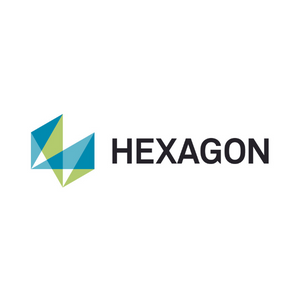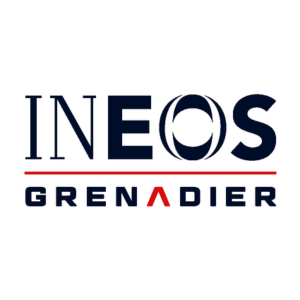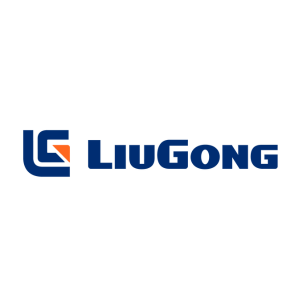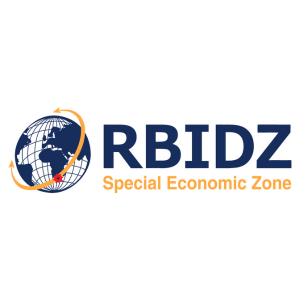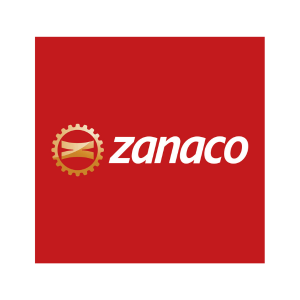The Delicate Balancing Act of Developing 'Vogue Minerals' Projects
The project potential for ‘vogue minerals’ like lithium, graphite, cobalt and vanadium in the context of fast-developing battery technology has no doubt lit up the eyes of many investors and developers. The opportunities, however, need to be approached with a strategic grasp of market uncertainties, and a firm technical focus that will mitigate the potential risks.
Vogue minerals are essentially those commodities that benefit from a market demand outside of the traditional mineral cycle; they are driven rather by new demand patterns, related usually to new technical applications and technological developments. Today, such patterns can be seen arising from the growing demand for energy storage in large-scale batteries – for applications varying from vehicles to solar and wind energy ‘farms’ – which consume these minerals.
While these vogue minerals are mined around the globe, Africa is both an important current source and a good hunting ground for new prospects – as SRK Consulting has seen through our involvement in exploration strategy, design and execution, technical and due diligence studies, reviews, and independent reporting. The continent holds potential for lithium in both evaporite and pegmatite deposits, found in places like South Africa and Namibia’s Proterozoic belts, pegmatites of Zimbabwe, Mozambique, Mali, and in the Rift Valley in Kenya and Tanzania. Our work on pegmatite-hosted lithium projects in the Democratic Republic of Congo – which are geologically similar to Australian deposits we have worked on – suggests good lithium exploration opportunities and hence scope for defining resources and reserves.
Extensive resources and reserves of cobalt are well-known within the Central African Copper Belt, mainly in the DRC, with some cobalt production also coming from South Africa – as a by-product from nickel and platinum mines – and from Madagascar’s nickel laterite deposits. One of the few primary cobalt deposits found globally occurs in Morocco.
In terms of graphite – contained in metamorphic sedimentary rocks – over 50 deposits are recorded in Africa; the largest accumulation of resources is reported from Mozambique, with Tanzania, Malawi, Madagascar, Ghana, Ethiopia and Namibia also containing significant ones. Again, SRK has worked on several graphite projects in Africa, providing high level reviews and independent reporting for financing as well project development advice.
Africa’s vanadium resources – which may be particularly significant in new technologies to store renewable energy in very large stationary batteries – occur mainly in magmatic layered intrusions such as the Bushveld Complex and Mozambique’s Tete Complex. High grade vanadate deposits occur in karst deposits in Damara‑age dolomite in countries such as Namibia, Angola and the Republic of Congo – all areas where we have applied our experience.
A powerful motivator driving interest in these minerals is, of course, first mover’s advantage – giving the edge to those producers who are first out of the blocks, provided that the market conditions are favourable. The point, however, is that the market demand for these vogue minerals is almost by definition less predictable than for the established suite of globally traded commodities – which places an extra burden of risk upon the developer.
Technological innovation is also a significant source of disruption when it comes to forecasting demand and pricing; as quickly as predictions are made about the battery industry demanding more cobalt, well-resourced research efforts announce breakthroughs in cutting the amounts that these batteries will in fact require. For example, a new technique claims to lower cobalt content in battery cathodes from about 20% to as little as 4%; another initiative claims to boost nickel content in batteries as a substantial replacement for cobalt.
Where the potential source of these minerals is large – as for lithium – the supply-demand balance can be easily tipped by low-cost new entrants into the market, moving prices to potentially fatal levels for both new and existing projects. This has been recently well demonstrated by expansion ramp-up delays at a leading Chilean lithium producer.
The inevitable result is that there will be step-changes in supply and demand arising from advances in technology, among other factors, which impact significantly on the way that project studies, planning and design are approached. It makes the exploration strategy, scoping and pre-feasibility stage particularly important to the project’s future success, for instance, as this will begin to outline possible responses to the market changes, and how relatively rapid mine adjustments can be implemented.
In the advice we provide to clients, we prioritise being low on the cost-curve; this requires a focus on efficiency, sustainability and a meticulous attention to detailed and quality technical studies. In the context of vogue minerals, however, the question of flexibility gains a special prominence. In striving for the optimal net present value for a project, a balance is required that allows for the operational flexibility necessary to ride the rough seas of market vagaries. A design that maximises profit only may not provide the flexibility needed for commercial sustainability.
For instance, installing flexible methodologies at mine level that are initially more expensive may be vital to the operation’s survival in a price trough. By the same token, surface mining methods may be preferable to underground operations – assuming both can be considered – as they more readily allow for ‘switching off the taps’ in the face of drastic price dips. Similarly on the process side, hydro-metallurgical processes may be more advantageous to flexibility than smelting technologies. The same may apply to a modular plant arrangement, which would probably carry higher operating costs but is more likely to provide the operational flexibility required to manage exogenous, market-based financial risks.
Marketing strategies should also be carefully investigated. Producers could look for downstream investment or joint venture agreements with end-users such as refinery builders and battery suppliers. Using this ‘vertical integration’ approach, the design process and mine plan can be tailored to suit the end-user, rather than trying to source an end-user to match an already-decided mine plan. A clearly defined market also makes the reporting of an ore reserve easier.
Collaborating in research and development is a valuable avenue; for example, commercialisation of large-scale vanadium storage batteries for solar and wind power now allows previously stranded assets to generate their own power. Win-win relationships can be built with trade agreements for the supply of raw materials to battery manufacturers; collaboration in finding solutions and longer term off-take agreements not only lowers the technical risk, but also enhances the sustainability of the project.
SRK understands that studies should include the assessment of a wide range of options to arrive at optimal project economics and decisions; this approach takes on a special relevance when faced with the opportunities and challenges of vogue minerals.
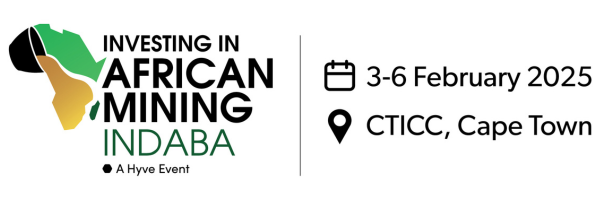



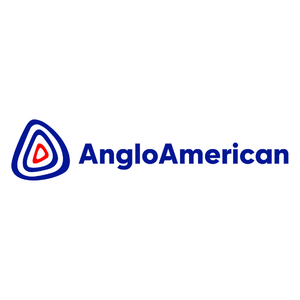
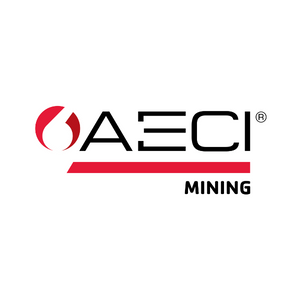
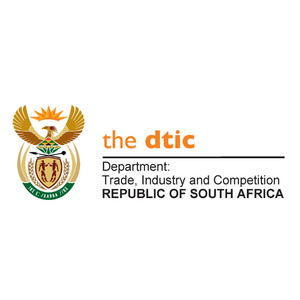

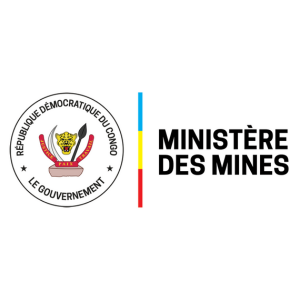

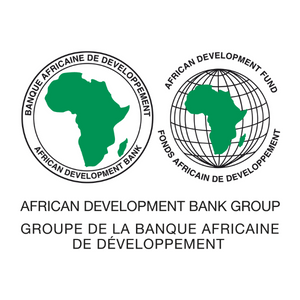
-min.png?ext=.png)

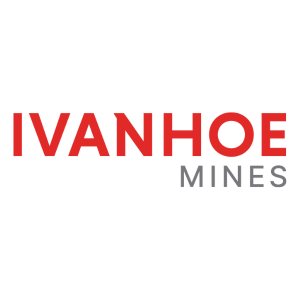
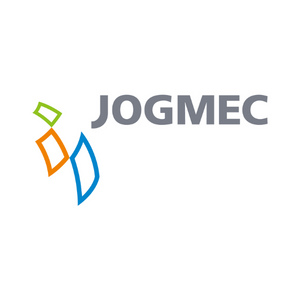

_1.png?ext=.png)




